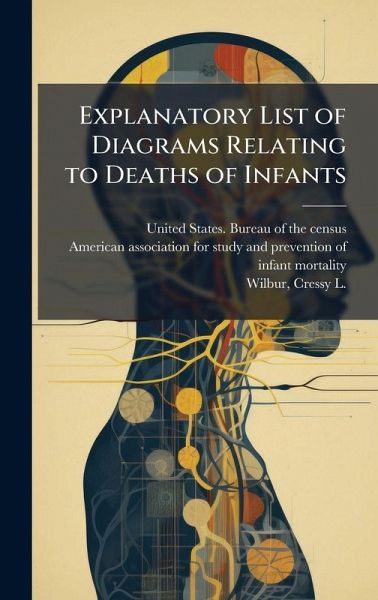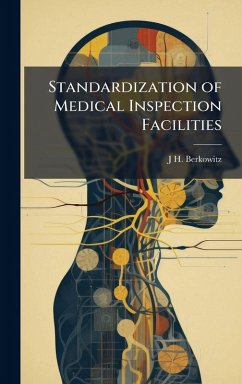
Explanatory List of Diagrams Relating to Deaths of Infants
Versandkostenfrei!
Versandfertig in über 4 Wochen
26,99 €
inkl. MwSt.

PAYBACK Punkte
13 °P sammeln!
"Explanatory List of Diagrams Relating to Deaths of Infants," published in 1910, offers a critical snapshot of infant mortality trends in the United States during the early 20th century. Compiled by the United States Bureau of the Census in collaboration with the American Association for Study and Prevention of Infant Mortality, and featuring the work of Cressy L. Wilbur, this document provides invaluable insights into the demographic and public health challenges of the era. The diagrams and accompanying explanations shed light on the causes and patterns of infant deaths, providing essential d...
"Explanatory List of Diagrams Relating to Deaths of Infants," published in 1910, offers a critical snapshot of infant mortality trends in the United States during the early 20th century. Compiled by the United States Bureau of the Census in collaboration with the American Association for Study and Prevention of Infant Mortality, and featuring the work of Cressy L. Wilbur, this document provides invaluable insights into the demographic and public health challenges of the era. The diagrams and accompanying explanations shed light on the causes and patterns of infant deaths, providing essential data for researchers, historians, and public health professionals. This historical document serves as a poignant reminder of past struggles and offers valuable lessons for ongoing efforts to improve infant health and well-being. This work has been selected by scholars as being culturally important, and is part of the knowledge base of civilization as we know it. This work was reproduced from the original artifact, and remains as true to the original work as possible. Therefore, you will see the original copyright references, library stamps (as most of these works have been housed in our most important libraries around the world), and other notations in the work. This work is in the public domain in the United States of America, and possibly other nations. Within the United States, you may freely copy and distribute this work, as no entity (individual or corporate) has a copyright on the body of the work. As a reproduction of a historical artifact, this work may contain missing or blurred pages, poor pictures, errant marks, etc. Scholars believe, and we concur, that this work is important enough to be preserved, reproduced, and made generally available to the public. We appreciate your support of the preservation process, and thank you for being an important part of keeping this knowledge alive and relevant.








![List of the Graduates in Medicine in the University of Edinburgh From MDCCV. to MDCCCLXVI [electronic Resource] Cover List of the Graduates in Medicine in the University of Edinburgh From MDCCV. to MDCCCLXVI [electronic Resource]](https://bilder.buecher.de/produkte/64/64528/64528865n.jpg)



